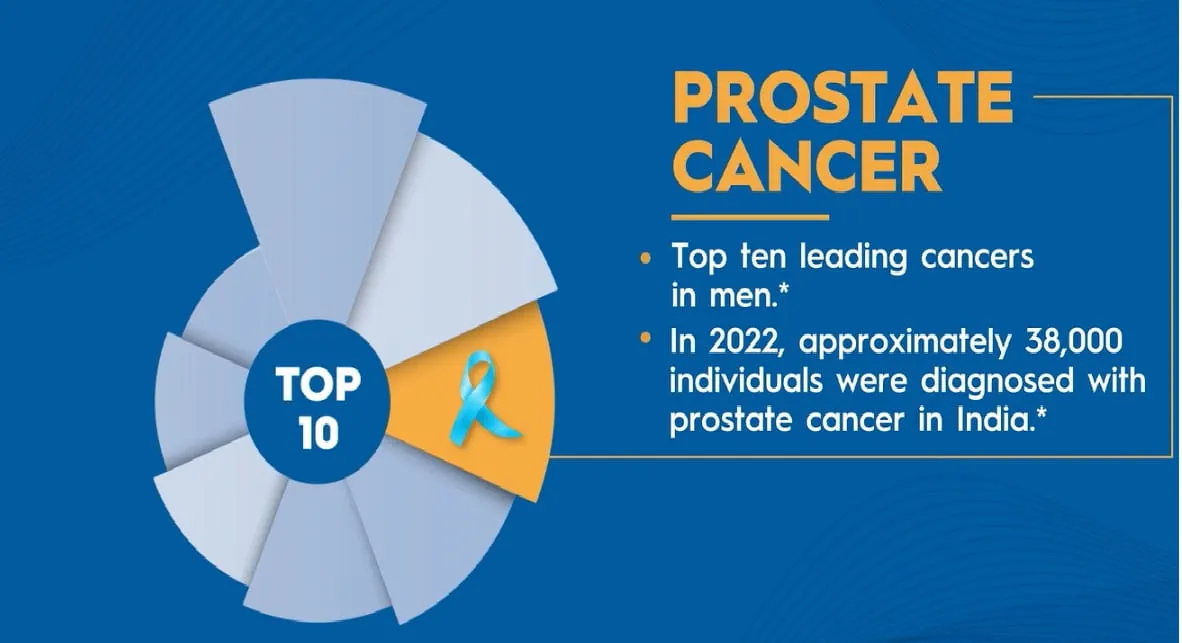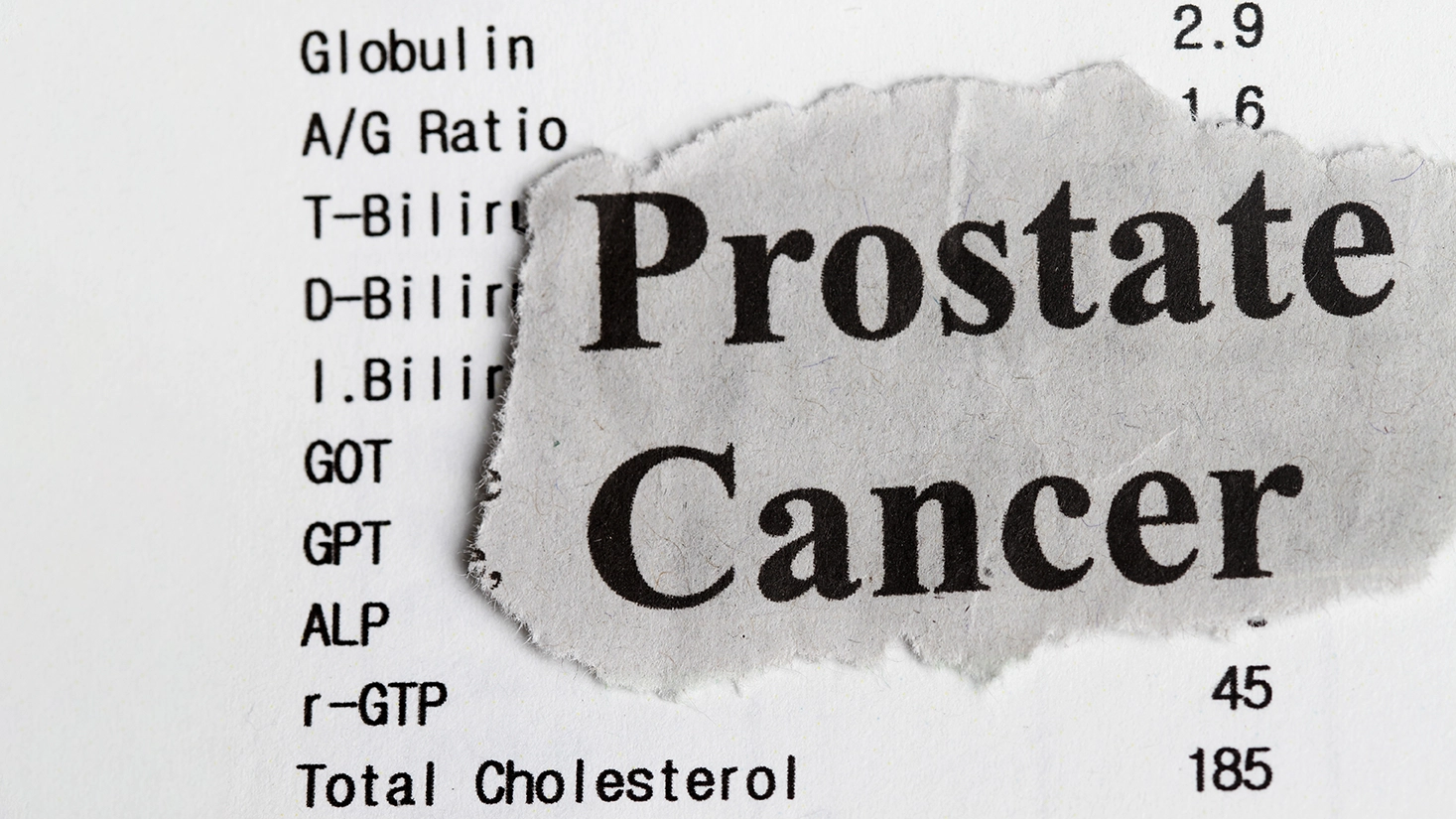Challenging EAU Guidelines on Prostate Cancer Risk Definition in the Screening Setting: Insights from the PROBASE Trial by P. Albers
PROBASE is a screening trial focusing on young men aged 45. It examines different risk groups and assessments related to prostate cancer screening. The session discusses the release of data to define a low-risk group of men interested in screening. The trial aims to determine whether screening should start at age 45 or 50, a question that will be answered when PROBASE concludes in about 10 years. Currently, there's conflicting guidance on what constitutes low risk. The European Association of Urology (EAU) suggests a PSA < 1 ng/ml at age 50 with a rescreening at 5 years.
Conversely, EU guidelines are cautious, defining low risk as a PSA < 1 ng/ml at age 40, allowing rescreening every 8 years for those meeting this criterion. PROBASE, a randomized trial, has analyzed data from over 20,000 men in the immediate screening arm. Based on previous studies like the UK's CAP and PROTECT trials, a PSA value of 1.5 ng/ml was initially considered low risk. This value was also supported by MALMU data from a decade ago. In the trial, 78% of men with a PSA < 1 ng/ml (median PSA of 0.74) returned after 5 years for retesting, compared to 87% of men with a PSA < 3 ng/ml who returned after 2 years and 73.5% who returned after 5 years. Notably, 71% of the 45-year-old population had a PSA value < 1 ng/ml, aligning with the old definition of low risk.
The suggested new definition of low risk for prostate cancer significantly increases the number of men considered at low risk by about 20%. The study found interesting results after conducting screenings every 5 years instead of the current recommendation of every two years. The incidence of elevated PSA levels > 3 ng/ml within 5 years was significant in those initially categorized as low risk (< 1 ng/ml). The number of cancers detected increased substantially with the new definition, especially among those with a PSA level between 1-3 ng/ml. Despite this increase, the incidence of cancer remained relatively low until a PSA level of 1.5 ng/ml. The cancers detected primarily fell into the less aggressive categories (Gleason grade groups (GG) 1 and 2), raising the question of when prostate cancer becomes clinically significant. In summary, the study suggests that Men at 45 years with a baseline PSA <1.5 ng/ml are at very low risk of developing PCa within the next five years.
Results from the First Screening Round of the ProScreen Screening Trial with PSA, Kallikrein panel and MRI by A.P. Auvinen
The PROSCRIN trial presented its initial findings, focusing on PSA screening and its efficacy in reducing harm. The trial aims to assess the effectiveness of the ProScreen screening algorithm, which involves three steps: PSA testing, a 4- kallikrein panel for men with a PSA > 3 ng/ml, and referral to multi-parametric MRI for those with kallikrein panel values > 7.5%. Biopsies are then conducted for those with PIRAD scores > 3 ng/ml. The trial also includes personalized risk certification based on baseline PSA levels and screening intervals. In a study involving 15,201 men, 51% participated. Among the participants, 44% had prior PSA tests, and 14% had a positive family history of cancer. Notably, 9.7% had PSA levels of 3 ng/ml or higher, and 72% scored 27.5% or higher on the kallikrein panel. Further, 41% had PI-RADS scores of 3-5. Biopsies were conducted on 2.7% of participants, revealing 11% with GG 1 and 54% with GG 2-5 cancers. Systematic biopsies led to the detection of GG 1 and GG 2-5 cancers in 10 and 15 individuals, respectively. In the screening arm, 7 GG 1 and 44 GG 2-5 cancers were diagnosed among non-participants. Additionally, the control arm identified 65 GG 1 and 282 GG 2-5 cases during a median follow-up of 3.4 years.
The study targeted biopsies on <3% of participants to reduce overdiagnosis. The results indicate an improvement compared to PSA-based screening, with fewer low-risk and more high-risk cases detected, suggesting better detection of aggressive cancers. However, there is concern about the inability to capture all lethal, highly aggressive cases through screening, posing a challenge for future screening efforts. In conclusion, the ProScreen trial revealed a significant rise in high-grade cancer detection versus low-grade cancer, especially compared to unscreened groups. Göteborg2 trial's MRI-based ProScreen detected more high-grade cancers but fewer low-grade ones than traditional methods. STHLM3-MRI revealed potential overdiagnosis of low-grade cancers. Future studies will explore integrating the kallikrein panel, PI-RADS cutoffs, and simplified MRI protocols. Mortality analyses at 10 and 15 years will assess the impact of long-term screening.
Discussant by T. Nordström
The global effort to accumulate data on screening cohorts for prostate cancer detection has intensified with initiatives like PROBASE and ProScreen. The PROBASE is a significant trial involving over 45,000 German men recruited at age 45, comparing risk-adapted prostate cancer screening starting at 45 or 50 years old. Initial data from over 20,000 men aged 45 and followed for 5 years show that nearly 90 % had a PSA < 1.5 ng/ml. A substantial portion of these men returned for retesting after five years, indicating high compliance. Moreover, the low cancer detection rate suggests that a PSA < 1.5 ng/ml at age 45 identifies a significant proportion of men with low risk over five years.
On the other hand, ProScreen, another large trial with 60745 men (50-63 years) randomized to screening invitation or no invitation (1:3), implements a multi-step screening intervention. This intervention includes PSA testing, a novel blood test, a 4K score, and an MRI with targeted biopsy. It is approaching a follow-up of three years, marking the longest follow-up period so far. Initial findings from ProScreen show a higher detection rate of GG 2 diseases than GG 1, indicating a potential shift from harms to benefits in modern prostate cancer screening. This trend is consistent even when compared with the controlled background population.
In the context of prostate cancer detection within screening cohorts, three diagnostic trials - the STHLM 3 MRI, the Goteborg-2, and the ERSPC trial - show an improvement in balancing the detection of significant and non-significant diseases over time. This suggests a shift towards a more beneficial harm-to-benefit ratio. In conclusion, key evidence supports ongoing screening efforts. Men aged 45 with a PSA level <1.5 ng/ml can safely delay further testing for up to 5 years. A testing approach combining PSA, additional blood tests, and MRI scans demonstrates a favorable balance of benefits over harms. Initiatives like PROBASE and ProScreen will provide more insights. Long-term outcomes of contemporary screening and personalized screening intervals and interventions are also significant areas of interest.
European Association of Urology (EAU) Annual Congress 2024, 5th April - 8th April 2024, Paris, France




